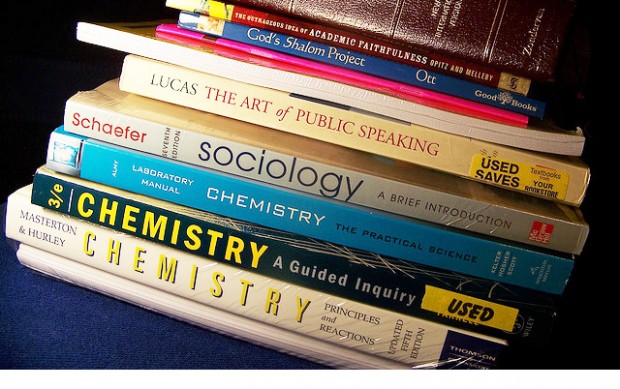(This is also found on the APA/MLA in-text page, but as a back-up reference, here's the main idea):
How to cite a source in the body of your assignment/research paper
• When an idea/info is FIRST used or referenced as an example/detail to back up facts or concepts, give full credit to the author (if available; job title if valid; place of employment if it’s a Big One), source (what was it?)
* Use signal words to indicate presentation of ideas; authority of source
In a Time magazine essay, Michael Stone, Director of Alabama Educational Administrative Services advocates that “Today’s college students need more basics in English composition than ever before.”
• Paraphrasing or rewording
• Optional: reword or rephrase an idea, but give credit to the source/author as before.
In a Time magazine essay, Michael Stone, Director of Alabama Educational Administrative Services, validates the importance of a strong background in English composition basics in order for today’s college students to be successful.
– Same idea, but without quotes. Still shows source.
======================
• Once an author has been “introduced,” next time, just use last name with action verb
- Additionally, Stone also called for the requirement of more emphasis on research and cross-curriculum projects to develop student awareness of writing in a college environment.
-------------------------------------
- Refer to a website by the article title and source:
- An article from an Odessa College website, “Chompzilla Eats Grammar Errors,” breaks down the various choices of punctuation.
- Magazine or newspaper: name them!
- A Time magazine article by Janis Tanner, “The Growing Awareness of Indigo Children,” brings up the topic of a new generation of youngsters and parental understanding.
======================
In-text citation/direct quote II
• No signal phrase or action verb used; author named before elsewhere in the paper?
• COPY WORDS EXACTLY, and put the author’s name/ “article title” in parenthesis behind it.
- For example, it is noted that “most attorneys are well prepared by our state college programs” (Furman 21).
– (note that the quotation marks only cover the exact words used and that the citation itself is the end. Number refers to the page if a print source)
====================
• In-text citation; multiple works by one author; no signal/action verb
Need to indicate which source it comes from:
“Many senior members of law firms have demanded tougher writing standards for new members” (Furman, Judiciary Journal 39).
-----------------------------
“It appears that newly graduating attorneys will be required to show better English grades and results on their transcripts” (Furman, “Literary Legal Loopholes” 44).

